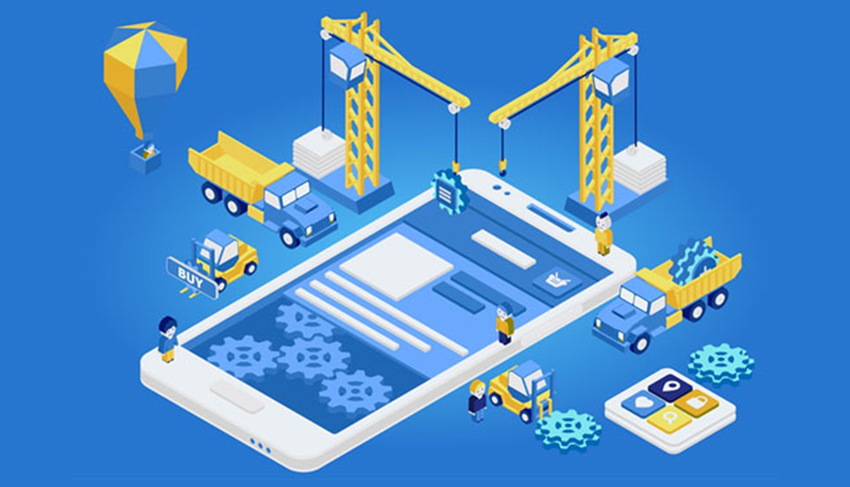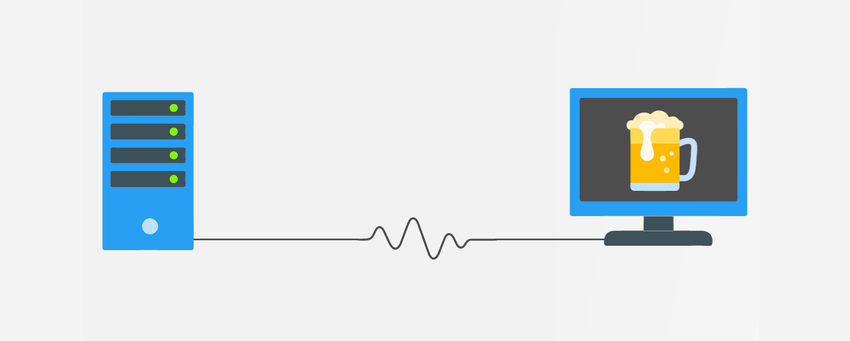Page Contents
1. Keeping the customer benefit in the target
The data the app collects may be relevant and helpful to you as a company: If it doesn’t make sense for the customer to use the application, he won’t. One should not forget that the installation of an app is unfortunately regarded by many as “annoying” and almost “laborious”, even if it is only a few clicks. Depending on the app, the typical customer will also consider whether to install the app or simply access your (or worse: a competitor’s) website via a browser. It depends on the added value: The bait must taste good to the fish.

source:uxplanet.org
2. Usability before a functional range
Most apps are used on mobile devices and tablets. Compared to computers, both screen size and input options are limited. Accordingly, one should limit oneself to the most important functions and purify the operation. Also, not every user is technically so well-versed that he or she would like to learn how to use an extensive but complicated app. Simple, ergonomic, clear – and less is often more.
3. Compatibility
Android, iOS and Co. are available in more or less different complexes and current versions. Many users like to forget to update their device to the latest version – or are not able to do so at all because their tablet, for example, does not allow it technically. If in doubt, it is advisable to make sure that the software runs well on older devices or versions when programming (or placing orders with external parties).

source:uxplanet.org
4. Modularity
If you develop the app in such a way that it can be extended with new functions at any time, you will have a little more work at first, but in the long run it will be much easier to make changes. Another advantage: If you change one of the functions and something really goes wrong with the update, the whole app isn’t suddenly unusable. This reduces downtime.
5. Clearly define and program interfaces
Customers find the tool great and the right data can be obtained? Then nothing is worse than an app from which it is difficult, for example, to derive usable results for the company with regard to user behavior, because the right interface between the app and the company’s internal software is missing or is only working in a cumbersome way. In case of doubt: The app must match the enterprise software, not the other way around!

source:medium.freecodecamp.org
In order to be able to adhere to all these principles, you need a lot of technical know-how. For this reason, it is advisable to involve an expert in the app development or to put the complete development in his hands. With a strong partner, such as Bizfactory, the success of the app is no longer in the way.





